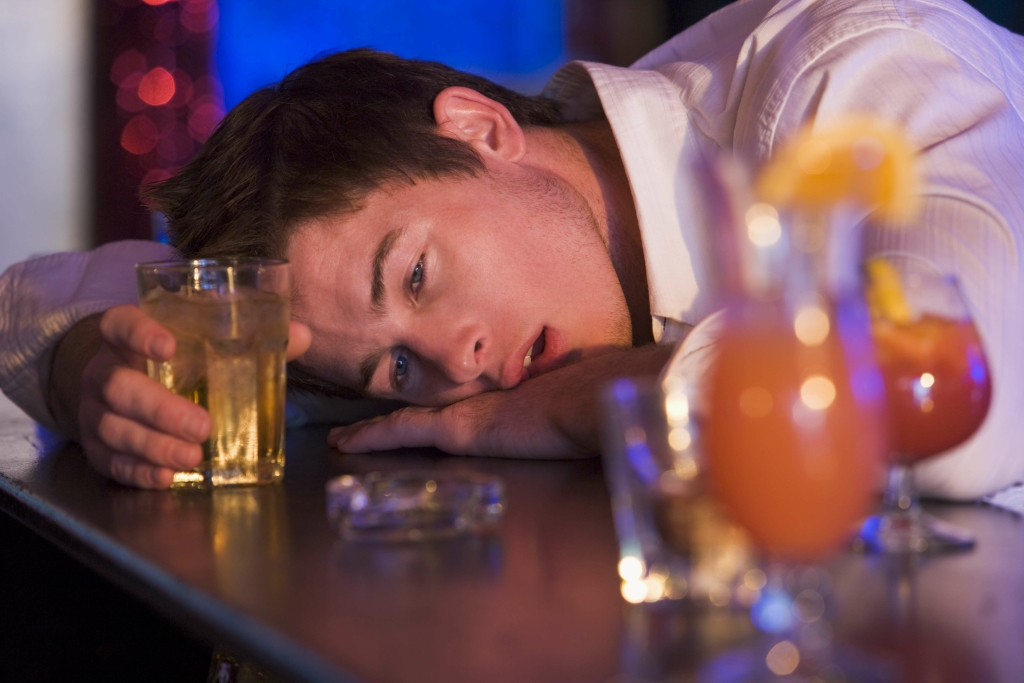.jpg)
Tyrosine can either undergo a decarboxylation via tyrosine decarboxylase to generate tyramine and subsequently undergo an oxidation at carbon 3 by a monophenol hydroxylase or first be hydroxylated by tyrosine hydroxylase to form L-DOPA and decarboxylated by DOPA decarboxylase. These create dopamine, which then experiences methylation by a catechol-O-methyltransferase (COMT) by an S-adenosyl methionine (SAM)-dependent mechanism. The resulting intermediate is then oxidized again by a hydroxylase enzyme, likely monophenol hydroxylase again, at carbon 5, and methylated by COMT. The product, methylated at the two meta positions with respect to the alkyl substituent, experiences a final methylation at the 4 carbon by a guaiacol-O-methyltransferase, which also operates by a SAM-dependent mechanism. Mescaline has a bitter taste so some people grind peyote buttons into an off-white powder that is put into capsules.
How do people take it?
- Mescaline causes a heightened perception of colors, making them more vibrant and intense.
- If the police catch people supplying illegal drugs in a home, club, bar or hostel, they can potentially prosecute the landlord, club owner or any other person concerned in the management of the premises.
- Mescalineexhibits very low binding affinity at dopaminergic and histaminergic receptors anddoes not inhibit uptake at monoamine transporters (Rickli et al., 2016).
- Until more research emerges or regulations change, mescaline use outside of a research or medical environment is not considered safe.
- The Aztecs in Mexico revered peyote as a sacred plant which they believed gave them access to the spirit world.
It’s a crime to use or possess mescaline or peyote; Americans may be sentenced to pay 6-figure fines and serve many years in prison if they violate the law. Mescaline is thought of as one of the milder hallucinogens; it is as much as 3,000 times less potent than LSD and about 30 times less potent than a similar naturally occurring psychedelic like psilocybin.3 Despite its lower potency, using mescaline does result in hallucinogenic effects. A study of 61 Native American Church members claimed that peyote use had no negative effects on mental function or psychology. Another study of 130k people did not find an association between mescaline or peyote use and rates of mental health issues.
Mescaline origins
.jpg)
Drugs that affect a person’s mental state (psychoactive drugs) can also have varied effects depending on a person’s mood (often called the ‘set’) or the environment they are in (the ‘setting’). While respecting its use in tribal ceremonies, the Drug Enforcement Administration holds the position that mescaline has no acceptable medical use and presents too great a risk of physical and/or psychological abuse for it to be made available for purchase or prescription. Despite the fact that it has not been proven to be physically addictive, frequent users of Mescaline can develop a tolerance to the drug, meaning higher doses are needed to achieve the same effect. Higher doses of Mescaline increase the user’s chance of becoming violently ill. Mescaline is a psychedelic hallucinogen obtained from the small, spineless cactus Peyote (Lophophora williamsi), the San Pedro cactus, Peruvian torch cactus, and other mescaline-containing cacti.
Effects And Risks Of Mescaline
NAC is a religion that combines Native American beliefs and practices with Christianity and ritualistic peyote use 16, 17. The famous writer was introduced to mescaline after reading one of Osmond’s papers and requested a sample. Huxley then went on to publish his seminal book “The Doors of Perception,” which gave a detailed account of his experiences with mescaline and spurred public interest in the drug 9.
Psychedelic Business Spotlight: August 6, 2021
- The hallucinatory effects vary greatly among individuals and even for a particular individual from one drug session to the next.
- Research and anecdotes suggest that it also causes a distorted sense of time so that the user becomes unsure of how long they have been under the effects of the drug.
- Finally, although we have compared mescaline experiences by mescaline type of use inthe present study, we do not intend for these data to be interpreted to mean thatfurther rigorous, clinical research are not needed.
- The effects of peyote can start to be felt between 20 to 90 minutes after ingestion and can last for up to 12 hours.2,4 Ingesting peyote is known as a “trip,” and the overall experience can be highly unpredictable.
- Bad trips can include terrifying visions and painful emotional reactions.
- Mescaline appears to enhance symptoms specific to the type of schizophrenia the patient has, such as paranoia, fear, and disorganized thinking 62, 31, 63.
During the twentieth century it was used by psychologists investigating the secrets of consciousness, spiritual seekers from Aleister Crowley to the president of the Church of Jesus Christ of Latter-day Saints, artists exploring the creative process, and psychiatrists looking to cure schizophrenia. Meanwhile peyote played a vital role in preserving and shaping Native American identity. Drawing on botany, pharmacology, ethnography, and the mind sciences and examining the mescaline experiences of figures from William James to Walter Benjamin to Hunter S. Thompson, this is an enthralling mesclun drugs narrative of mescaline’s many lives. The most significant mescaline trip of the 1960s, with hindsight, was that taken by the chemist Alexander Shulgin, which he later wrote ‘unquestionably confirmed the entire direction of my life’.
The impact of mescaline on mental health is unknown due to a lack of quality clinical data. Despite their differences in potency and effects, some researchers think that mescaline and LSD have enough in common that they are hard to tell apart. In fact, in blinded clinical trials, people were unable to distinguish which one they have taken 36, 38.
The Mescaline Experience
Mescaline is prepared from the peyote cactus by extraction and purification, but it can be synthesized. Like most hallucinogens, mescaline is a serotonin receptor agonist; the drug stimulates the production of the serotonin neurotransmitter, which boosts positive moods and relaxation.3 Researchers suggest that mescaline excites certain neurons in the brain, leading to the well-known psychedelic effects. The hallucinogenic experience typically begins in 60 minutes after consumption and lasts about 8 to 12 hours. However, different doses can affect people in various ways, and doses extracted from plants can vary widely. Most users chew the button shaped seeds to produce the hallucinogenic effects, which can last for between 12 to 18 hours.

.jpg)

